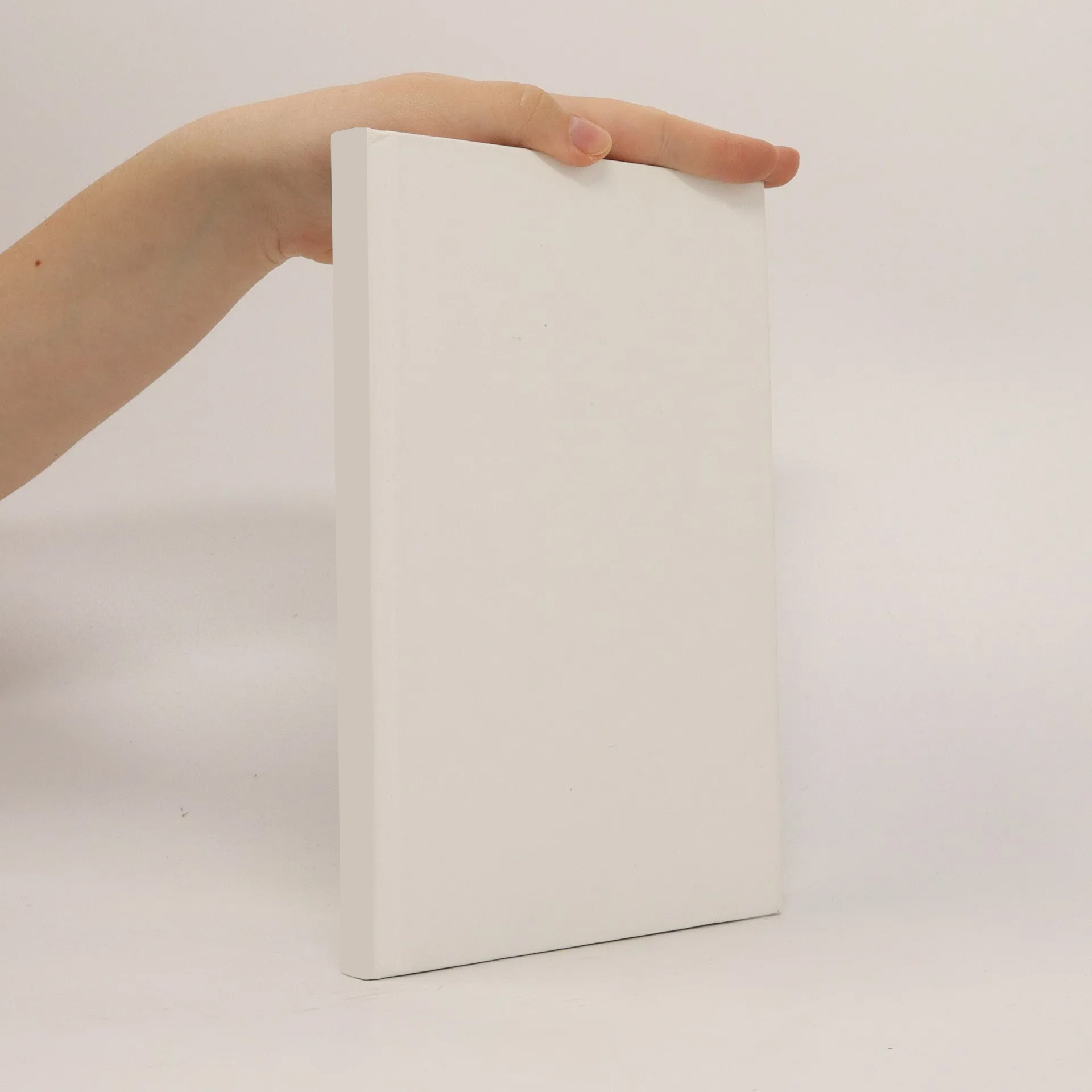
Parameters
More about the book
Migration of tilt grain boundaries (GBs) in aluminum has been simulated across a wide temperature range and various driving forces. It is found that GBs migrate through either a diffusionless or diffusional mechanism, depending on the conditions. The diffusionless mechanism is characterized by GB dislocation glide, which aligns with previously reported mechanisms involving collective atom group motion, four-atom shuffling, and glide of primary/secondary GB dislocations. This dislocation glide serves as a generalized mechanism for these processes. Conversely, the diffusional mechanism is observed in high-angle GBs at elevated temperatures with a small driving force of several MPa, where GB migration is governed by GB diffusion. The study discusses how structural constraints, temperature, GB misorientation, and driving force magnitude influence the activation of each mechanism and the specific GB migration behaviors. Two GB migration mechanism maps for polycrystals are proposed, effectively explaining many prior contradictory findings in experiments and simulations. Additionally, GB mobilities are evaluated at high temperatures, revealing that high-angle GBs migrate faster than low-angle ones, with maximum mobility occurring around 40° misorientation. The mobility of a Σ7 GB approaches the maximum experimental value seen in ultra-high-purity bicrystals.
Book purchase
Molecular dynamics simulation of grain boundary migration, Jian Zhou
- Language
- Released
- 2012
Payment methods
No one has rated yet.